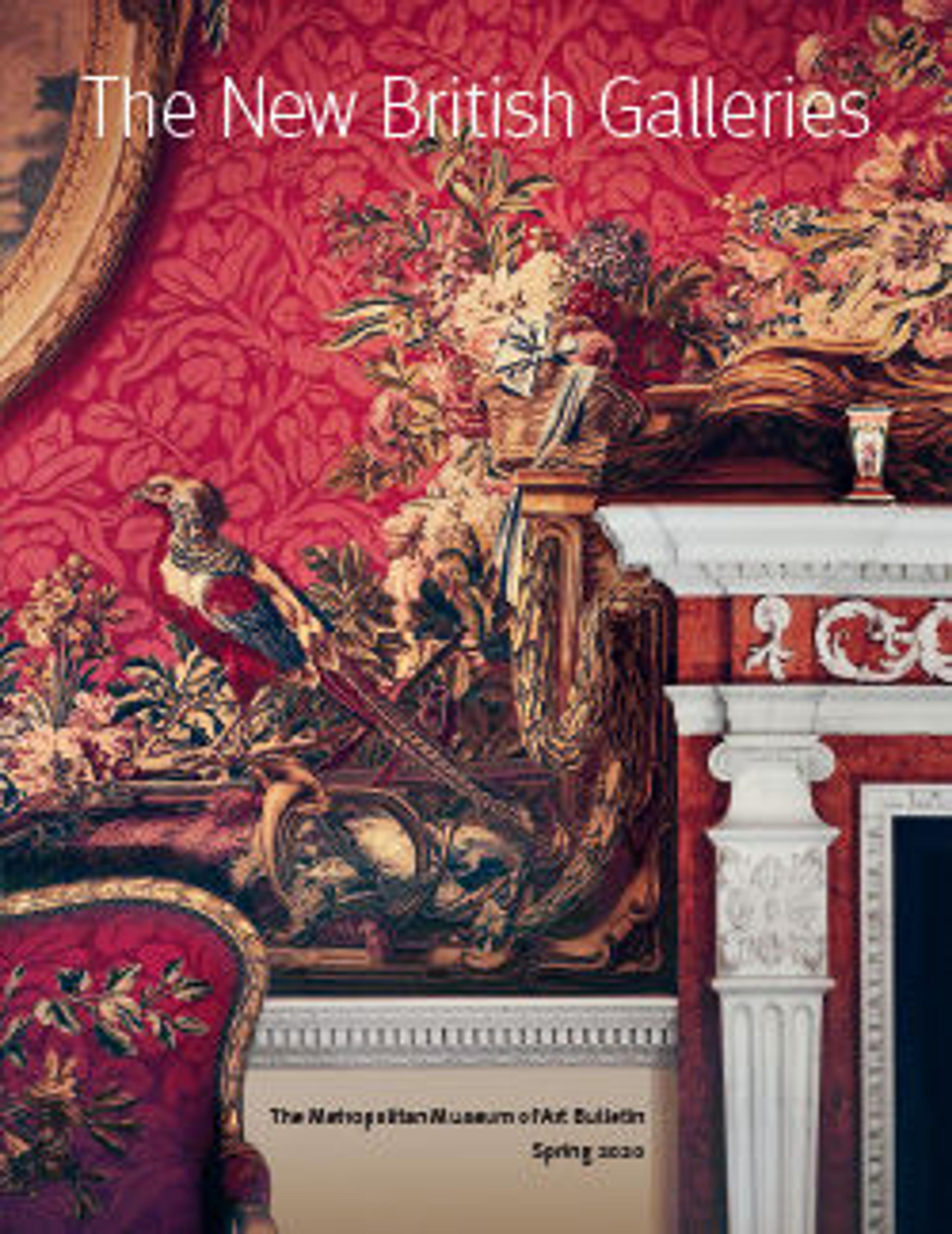Angels Praising (Angeli Laudantes)
In his drive to revitalize art and design in post– Industrial Revolution Britain, William Morris advocated that creators and practitioners understand their materials and utilize them according to their strengths: “Never forget the material you are working with, and try always to use it for doing what it can do best.” In this way, one could be truly fulfilled, artistically. For Morris, tapestries epitomized the purity of medieval craftsmanship. Championing his idealized vision that “the noblest of the weaving arts is Tapestry, in which there is nothing mechanical: it may be looked upon as a mosaic of colour made up of dyed threads,” Morris created the Merton Abbey Tapestry Works in 1881, in Surrey, just outside London. Perhaps contrary to Morris’s principles, this tapestry is based on a design Edward Burne-Jones originally intended for stained glass; it was Morris’s frequent collaborator, John Henry Dearle, who reworked the figures against a millefleur ground to create a tapestry cartoon.
Artwork Details
- Title: Angels Praising (Angeli Laudantes)
- Designer: Sir Edward Burne-Jones (British, Birmingham 1833–1898 Fulham) (figures)
- Designer: John Henry Dearle (British, London 1859–1932 Purley, Surrey) (background, frame)
- Artist: From a cartoon painted in 1894 by John Henry Dearle (British, London 1859–1932 Purley, Surrey)
- Manufactory: Manufactured by Morris & Company
- Maker: Weaving workshop at Merton Abbey Tapestry Works (British, founded 1881)
- Maker: Woven under the direction of John Martin (British, active ca. 1884–after 1915) Robert Ellis and Merritt
- Patron: Commissioned by Major Charles Syndey Goldman
- Date: 1898
- Culture: British, Merton Abbey
- Medium: Dyed wool and silk on undyed cotton warp (15 warps per inch; 5-6 per cm.)
- Dimensions: Overall (confirmed): 92 1/2 x 80 in. (235 x 203.2 cm) [PR: 92 1/4; PL: 92 1/2; Top: 79 1/4; Center width: 79 3/4; Bottom: 80"]
- Classification: Textiles-Tapestries
- Credit Line: Rogers Fund, 2008
- Object Number: 2008.8a–c
- Curatorial Department: European Sculpture and Decorative Arts
More Artwork
Research Resources
The Met provides unparalleled resources for research and welcomes an international community of students and scholars. The Met's Open Access API is where creators and researchers can connect to the The Met collection. Open Access data and public domain images are available for unrestricted commercial and noncommercial use without permission or fee.
To request images under copyright and other restrictions, please use this Image Request form.
Feedback
We continue to research and examine historical and cultural context for objects in The Met collection. If you have comments or questions about this object record, please complete and submit this form. The Museum looks forward to receiving your comments.
